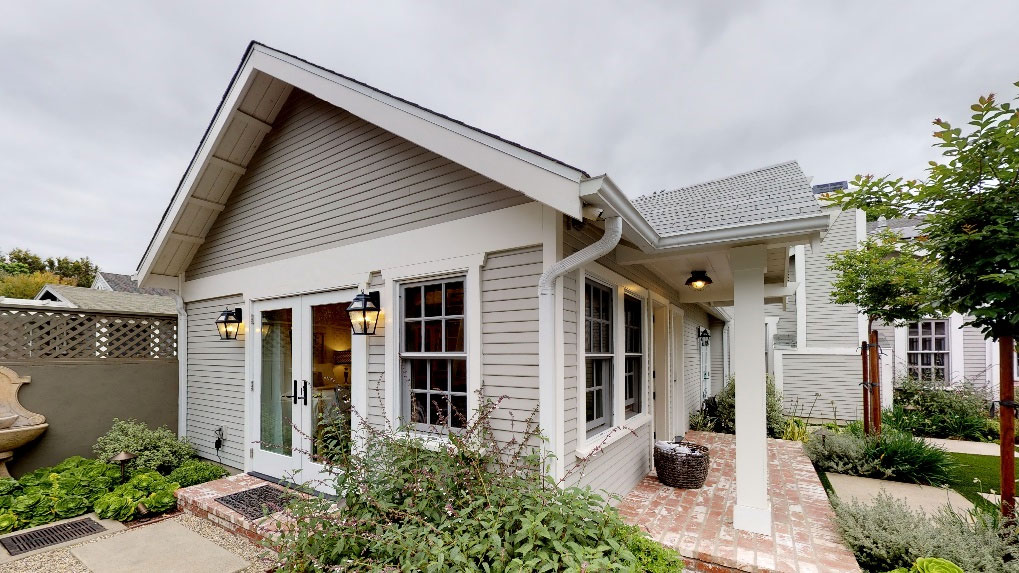Accessory Dwelling Units (ADUs) have revolutionized the housing market in California by offering flexible and affordable housing options. A recent game-changer in ADU regulations is the concept of separate conveyance, allowing these units to be sold independently from the primary residence. This legal shift not only expands opportunities for homeowners but also provides buyers with access to smaller, more affordable housing units.
This blog delves into what ADU separate conveyance means, its benefits, legal considerations, and how homeowners can take advantage of this new opportunity.
What Is ADU Separate Conveyance?
Separate conveyance refers to the ability to sell or transfer ownership of an ADU independently from the main home on the property. Traditionally, ADUs were tied to the primary residence and could only be sold as part of the same parcel. However, under updated California laws, local governments can now allow ADUs to be separately conveyed as condominiums under specific conditions.
This policy applies primarily to detached ADUs and ensures they meet legal and practical requirements for independent ownership. It’s important to note that Junior Accessory Dwelling Units (JADUs) are not eligible for separate conveyance since they are typically integrated within the primary dwelling.
Benefits of ADU Separate Conveyance
Expanding Affordable Housing Opportunities Separate conveyance opens the door for individuals and families to purchase smaller, more affordable homes. This is especially beneficial in high-cost housing markets where traditional homes may be out of reach.
Financial Flexibility for Homeowners Homeowners can monetize their property investments by selling the ADU as a standalone unit. This creates financial opportunities for property owners to access capital for other needs, including debt reduction, retirement, or additional investments.
Boosting Housing Supply By enabling separate conveyance, California is incentivizing the construction of more ADUs, which can help alleviate the state’s housing shortage. Detached ADUs sold as condominiums provide new homeownership opportunities without requiring additional land development.
Promoting Sustainable Development ADUs are an efficient use of existing land, particularly in urban areas. Separate conveyance amplifies this sustainability by allowing denser, community-friendly neighborhoods.
Legal and Practical Considerations
Understanding Local Ordinances Not all municipalities in California permit ADU separate conveyance. Homeowners must consult local planning departments to understand if their city or county has adopted ordinances allowing this option.
Navigating Condominium Conversion For an ADU to be separately conveyed, the property typically needs to go through a legal subdivision process. This may include converting the property into a condominium or similar structure that complies with state and local laws.
Deed Restrictions Local governments may impose affordability deed restrictions on separately conveyed ADUs to ensure they remain accessible to low- and moderate-income buyers. This ensures that separate conveyance supports California’s broader affordable housing goals.
HOA Regulations In areas governed by homeowners’ associations, there may be additional restrictions or requirements. HOAs often have specific covenants, conditions, and restrictions (CC&Rs) that impact ADU construction and sale.
Real-World Examples
Case Study: CA’s Forward-Thinking Approach California has been a leader in adopting ADU-friendly policies, including separate conveyance. A homeowner in the city successfully converted their detached ADU into a condominium, selling it to a first-time homebuyer. This transaction highlighted how separate conveyance can empower both property owners and buyers.
Success in Los Angeles In the Los Angeles Area, several jurisdictions have embraced separate conveyance, particularly in high-density neighborhoods. This has led to the creation of small, standalone housing units perfect for young professionals and retirees.
Steps to Enable ADU Separate Conveyance
For homeowners interested in exploring separate conveyance, here is a step-by-step guide:
- Research Local Laws
Contact your city or county planning office to determine whether separate conveyance is permitted in your area. - Engage a Land Surveyor
A land surveyor can help legally subdivide your property or prepare it for condominium conversion. - Secure Necessary Permits
Obtain all required approvals from local authorities, including permits for subdivision or conversion. - Draft Legal Agreements
Work with a real estate attorney to prepare the necessary legal documentation, such as CC&Rs and property deeds. - Market Your ADU
Once approved, collaborate with a real estate agent to list and sell your ADU to prospective buyers.
Common Challenges and Solutions
Zoning Restrictions Some areas have strict zoning requirements that may complicate separate conveyance. In such cases, advocating for updated local ordinances can be a long-term solution.
High Conversion Costs Converting a property for separate conveyance can involve upfront costs. However, these costs are often offset by the financial gains from the sale of the ADU.
Buyer Financing While more lenders are now offering financing options for ADU purchases, some buyers may face challenges. Homeowners can address this by marketing the ADU as a condominium, which aligns with more conventional lending criteria.
Conclusion
The introduction of ADU separate conveyance is a significant step forward in California’s mission to address its housing crisis. By enabling these units to be sold independently, the state is creating more affordable housing options while empowering homeowners with financial flexibility.
Whether you’re a homeowner, buyer, or policymaker, understanding the implications of separate conveyance is essential in navigating California’s evolving housing landscape. If you’re considering this option, start by consulting local experts and taking the first step toward a more flexible housing future.




